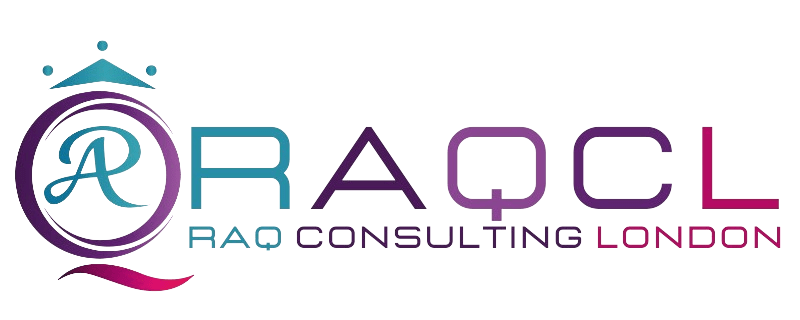We design our world, while our world acts back on us and designs us” encapsulates a profound concept that underscores the reciprocal relationship between human beings and the environments they create. This idea acknowledges the dual influence between individuals as designers and the impact of the designed world on shaping human behavior, perspectives, and experiences.
Let’s delve into the implications of this statement:
Human Agency in Design: Individuals actively shape their surroundings through intentional design choices.
Cultural and Social Influence is evident as designed spaces become mirrors of cultural values and societal norms, shaping collective behaviors and aspirations.
The concept of a Feedback Loop of Design underscores the dynamic relationship between individuals and their environments. The impact of design choices influences ongoing decisions in a continuous loop.
In the age of Technological Determinism, advancements shape human experiences, altering interactions and societal norms as technology integrates into daily life.
Designed spaces have a notable Cognitive and Psychological Impact, influencing mood and cognitive function, underscoring the importance of thoughtful design for well-being.
With the power to design comes the Responsibility in Design, where ethical considerations play a vital role in creating environments that positively contribute to the quality of life.
The ongoing process of Adaptation and Evolution signifies that as the designed world evolves, individuals and societies continually adjust, influencing perspectives and values in response to changing environments.





